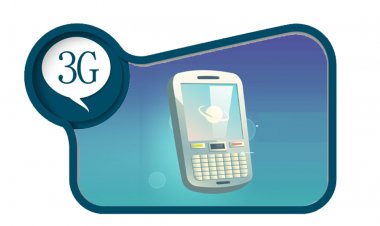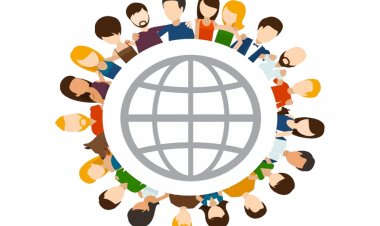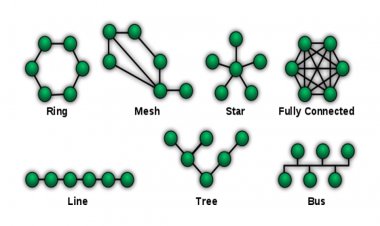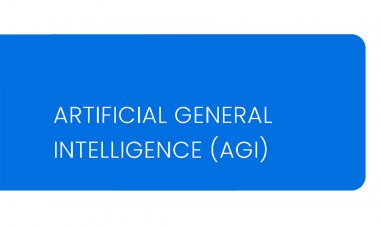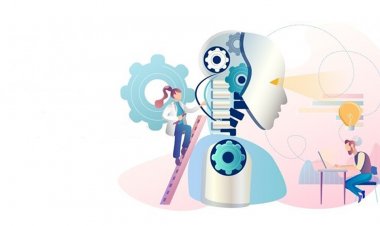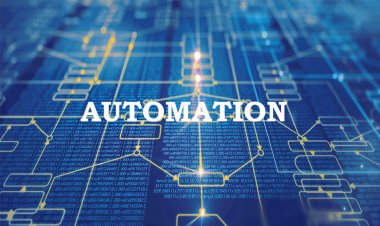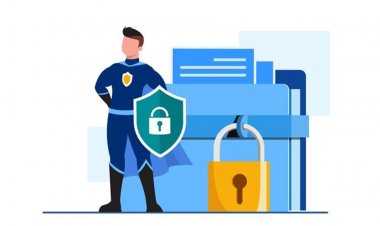Internet of Things
Internet of Things (IoT) turns inanimate objects into intelligent ones by linking them and allowing them to transmit and receive data over the internet.
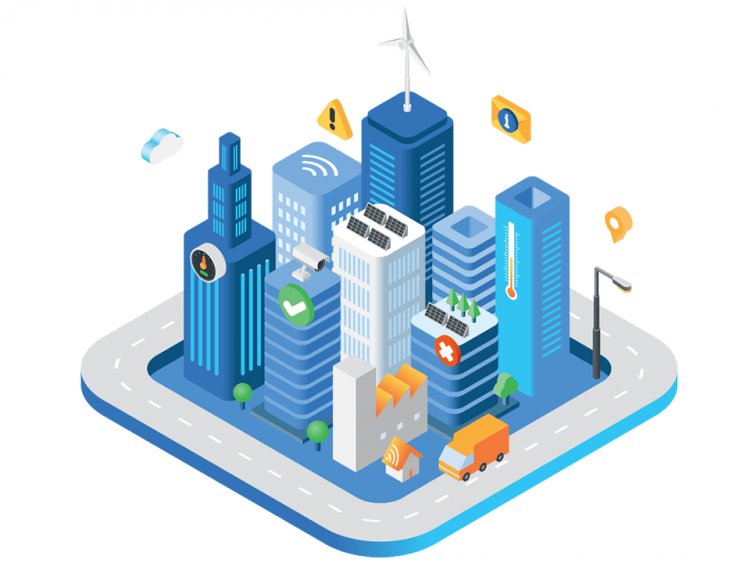
Introduction:
The present generation is the Internet generation. We couldn't imagine our lives before the internet. All of the technology that we use today is made possible by the internet. Today, all firms are technologically dependent. The interconnected systems of interrelated computing devices, digital equipment, products, and people, each with a unique ID and the capacity for transmission of data without the need for human-to-human and human-to-computer communication, is called the Internet of Things.
What is IoT?
The meaning of "internet of things" is the connection that integrates things with the internet. The term "Internet of things" is defined as a system of linked devices that facilitate communication between the devices and the cloud. We now have billions of devices connected to the internet as a result of the development of low-cost computer processors and high-bandwidth telephony.
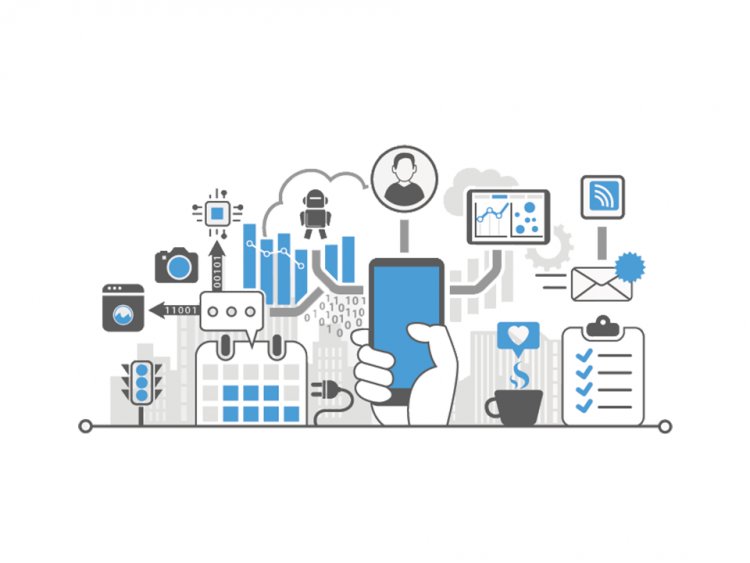
What is the History of IoT?
When the first electromagnetic telegraph was designed, the concept of connected devices dates back to 1832. For the first time ever using TCP/IP protocols; John Romkey attached a toaster to the internet in 1990. In 1999, Kevin Ashton created the phrase "the internet of things." Ashton, an unrealistic technician, was building a demonstration for Procter & Gamble in which he offered the IoT as a system that connected multiple items using RFID tags for supply.
What is the purpose of IoT?
The main purpose of IoT is to make a system that is able to connect everything. The Internet of Things makes devices that self-report in real-time possible, increasing efficiency and transporting crucial material or information faster than a system that relies on human involvement.
How does IoT works?
A traditional IoT system is dependent on the following three things:
Smart devices:
First, you must need devices that have computing capabilities like TV, security cameras. They are able to collect the data from the environment as from the user input, patterns, communication data, or the records and form an IoT application
IoT Application:
From the various IoT devices, the IoT application receives the data and then integrates it. Using machine learning and artificial intelligence the data is analyzed. On the basis of that analysis, the decisions are made which are communicated back to the IoT devices.
Graphical User Interface:
A graphical user interface may be used to manage an IoT device or fleet of devices. A smartphone application or website that can be used to register and operate smart devices is a common example.
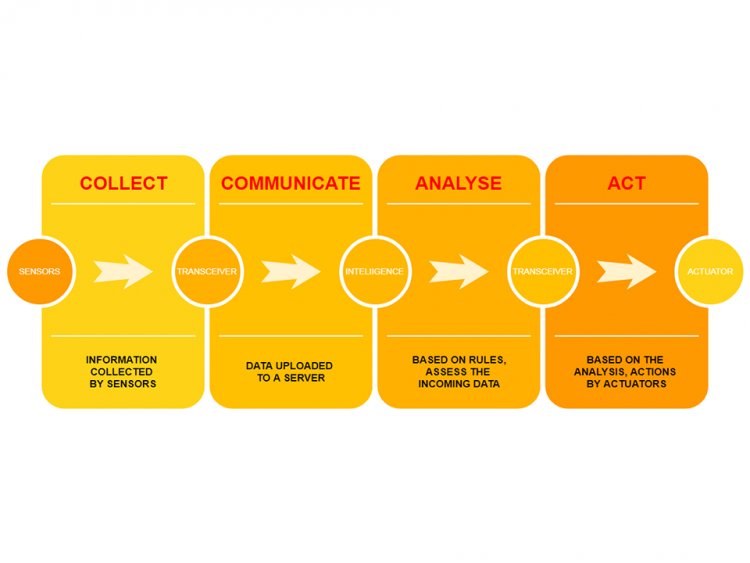
What technologies have enabled IoT?
The following are the technologies that enable the IoT:
- Access to sensor equipment that is available at less cost:’
IoT technology becoming a part of the business because of its low cost.
- Connectivity:
IoT is able to connect the sensors and the different computers to the clouds so that a well-organized data transfer.
- Cloud computing platforms:
Because of the prolonged accessibility of cloud platforms, both reformers and customers may now obtain the groundwork they need to increase without having to cope with it all.
- Analytics and machine education:
Businesses may achieve their goals more speedily and effectively because of advancements in appliance and machine intelligence and analytics, in addition to access to diverse and enormous amounts of data stored in the cloud.[1]
What are the Advantages of IoT?
- Efficient resource use:
If we understand the functionality and how each gadget works, we can undoubtedly boost the efficiency of resource usage while also monitoring natural resources.
- Reduce human effort:
As IoT devices interrelate with one another and accomplish a variety of jobs for us, they decrease human work.
- Save time:
Because it eliminates human energy, it undoubtedly protects the period. The fundamental feature that an IoT platform can save is time.
- Improve Data Collection:
As data is collected from the different devices so in this way we can collect the data with different aspects.
- Improve security:
We can make a system more safe and efficient if we create one in which all of these components are integrated.
What are the disadvantages of IoT?
- Security:
It is a problem since the IoT system is networked. They can interact with each other via a network. Despite any safety precautions, the system delivers limited control and maybe cast-off to launch frequent types of system assaults.
- Privacy:
Even without the user's active engagement, the IoT system gives extensive personal data.
- Complexity:
A significant technology to an IoT system is tough to design, implement, maintain, and enable.
Conclusion:
The Internet of Things is an idea that attaches the computer-generated world of information technology to the physical biosphere of things. RFID and sensor skills and technology from the Internet of Things create our lives easier and more comfortable.
- What is IoT?; Available from: https://aws.amazon.com/what-is/iot/.
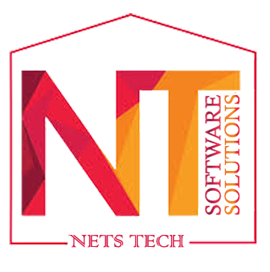
 admin
admin 











